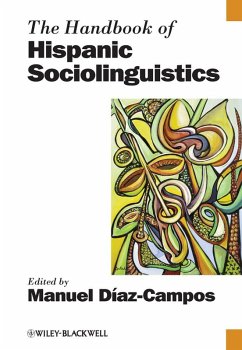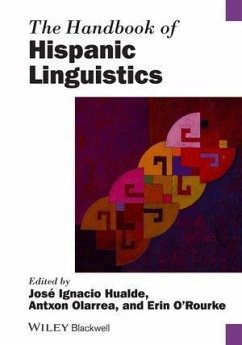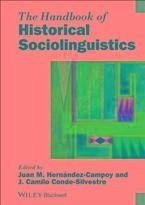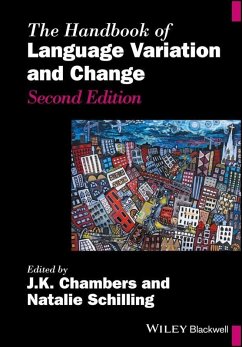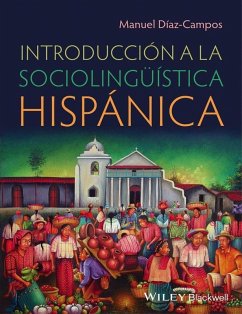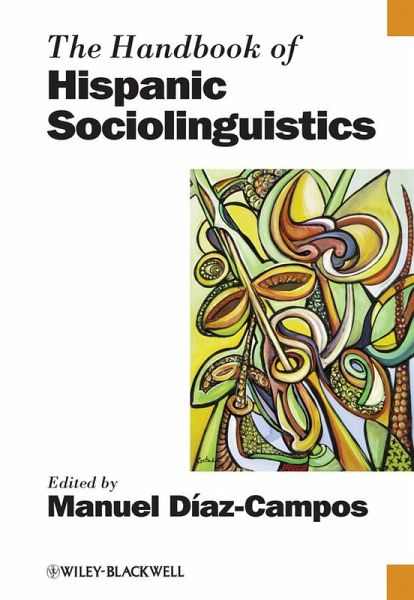
The Handbook of Hispanic Sociolinguistics (eBook, PDF)
Versandkostenfrei!
Sofort per Download lieferbar
31,99 €
inkl. MwSt.
Weitere Ausgaben:

PAYBACK Punkte
0 °P sammeln!
This Handbook provides a comprehensive, state-of-the-art overview of theoretical and descriptive research in contemporary Hispanic sociolinguistics. Offers the first authoritative collection exploring research strands in the emerging and fast-moving field of Spanish sociolinguistics Highlights the contributions that Spanish Sociolinguistics has offered to general linguistic theory Brings together a team of the top researchers in the field to present the very latest perspectives and discussions of key issues Covers a wealth of topics including: variationist approaches, Spanish and its importan...
This Handbook provides a comprehensive, state-of-the-art overview of theoretical and descriptive research in contemporary Hispanic sociolinguistics.
- Offers the first authoritative collection exploring research strands in the emerging and fast-moving field of Spanish sociolinguistics
- Highlights the contributions that Spanish Sociolinguistics has offered to general linguistic theory
- Brings together a team of the top researchers in the field to present the very latest perspectives and discussions of key issues
- Covers a wealth of topics including: variationist approaches, Spanish and its importance in the U.S., language planning, and other topics focused on the social aspects of Spanish
- Includes several varieties of Spanish, reflecting the rich diversity of dialects spoken in the Americas and Spain
Dieser Download kann aus rechtlichen Gründen nur mit Rechnungsadresse in D ausgeliefert werden.



